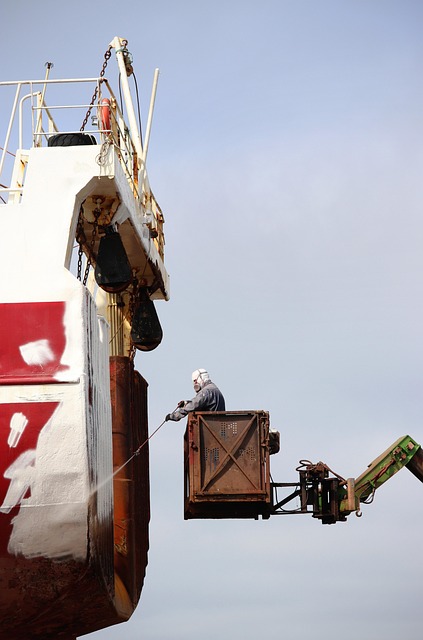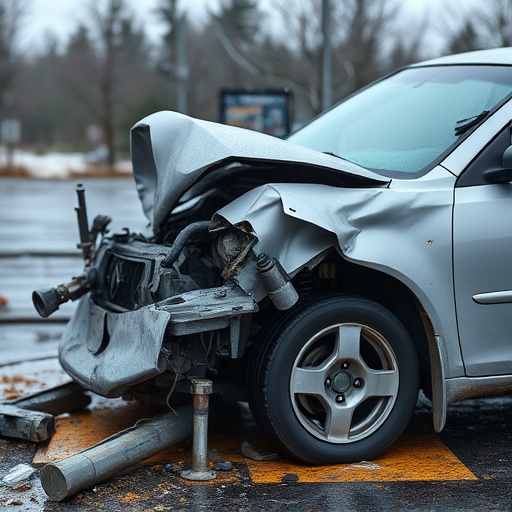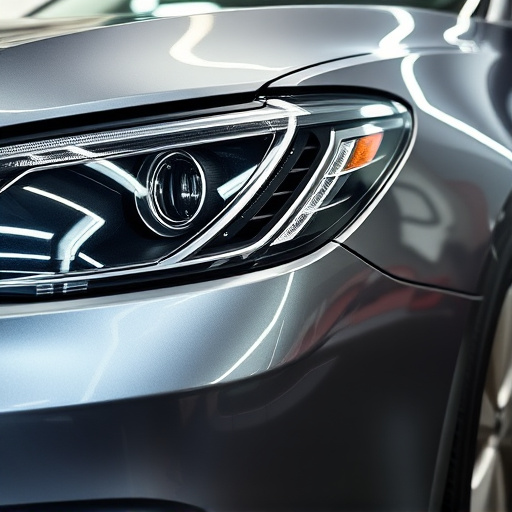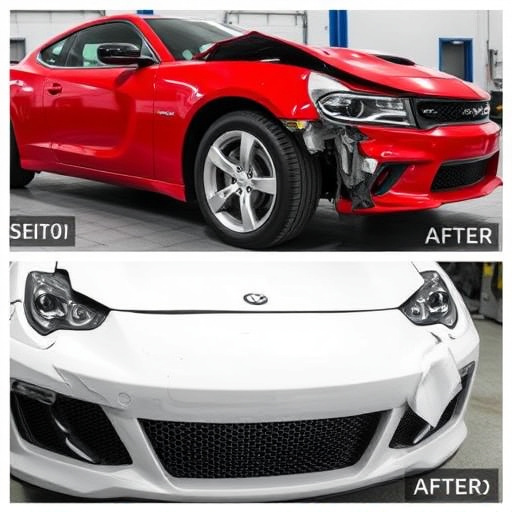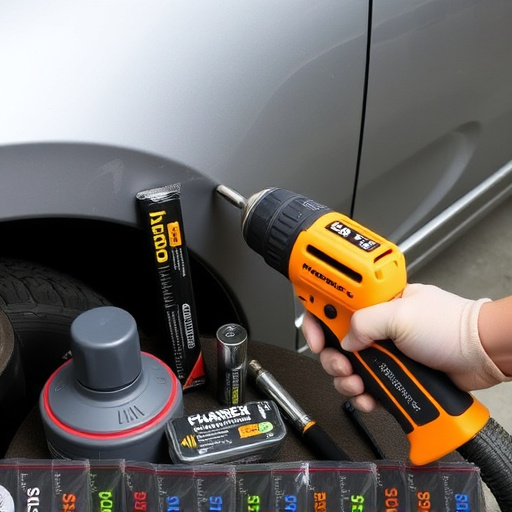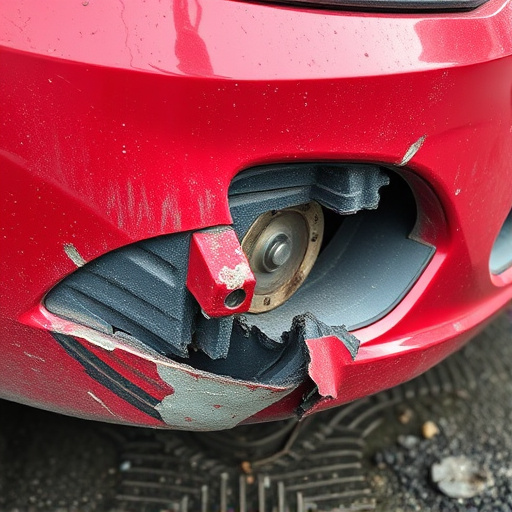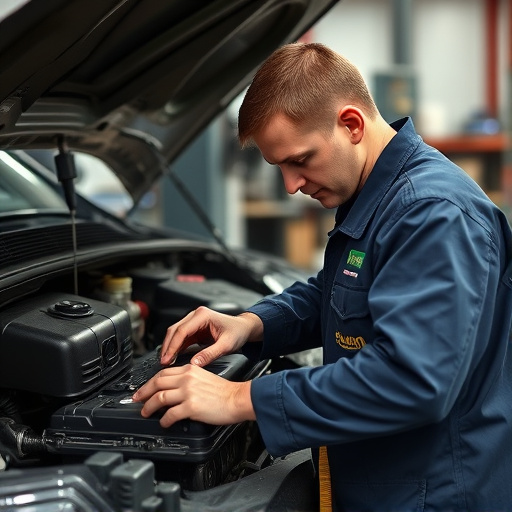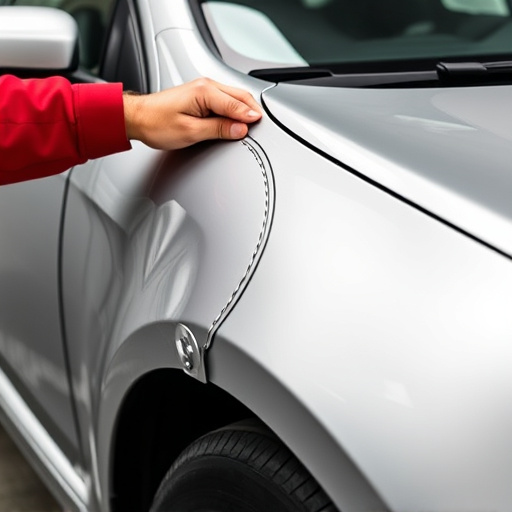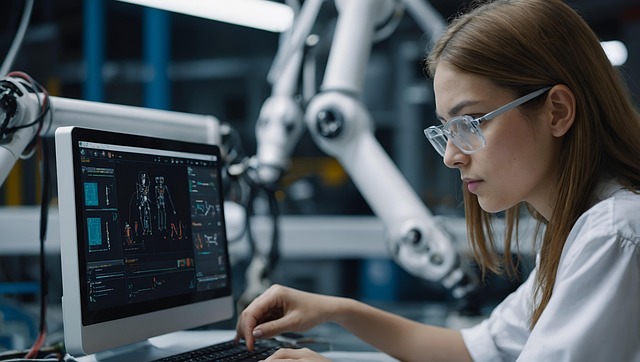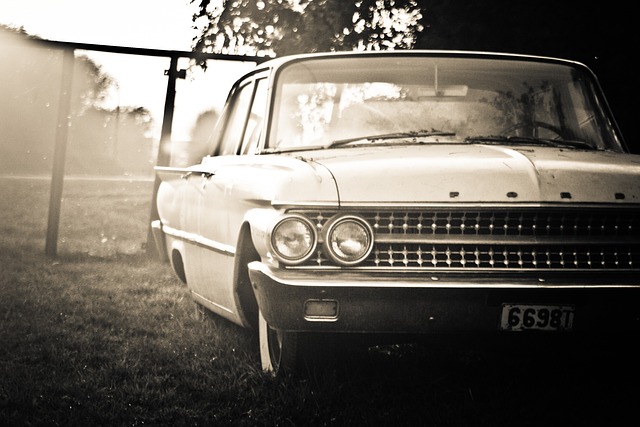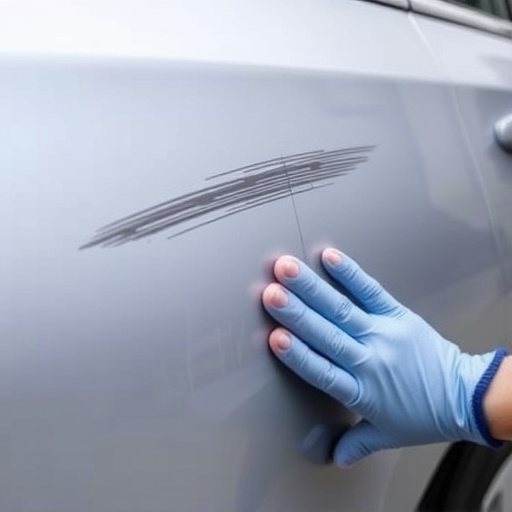Flexible bumper repairs can be tackled DIY or professionally. DIY kits offer cost savings but limited effectiveness on severe damage. Professional services provide accurate assessment, seamless finishes, and durable fixes, preventing future issues and offering better long-term value. Choose based on damage severity and desired outcome, considering the advantages of professional repair for optimal results.
Flexible bumper repair has become a popular topic among car owners due to its cost-effective potential and DIY appeal. This article delves into the intricacies of flexible bumper damage, offering a comprehensive guide to both do-it-yourself (DIY) and professional repair options. We explore various repair methods, discuss tools needed for DIY projects, analyze the benefits and costs of professional services, and provide insights to help you make an informed decision for your vehicle’s aesthetic restoration.
- Understanding Flexible Bumper Damage and Repair Methods
- DIY Flex Bumper Repair: Tools, Steps, and Considerations
- Professional Flex Bumper Repairs: Benefits and Cost Analysis
Understanding Flexible Bumper Damage and Repair Methods
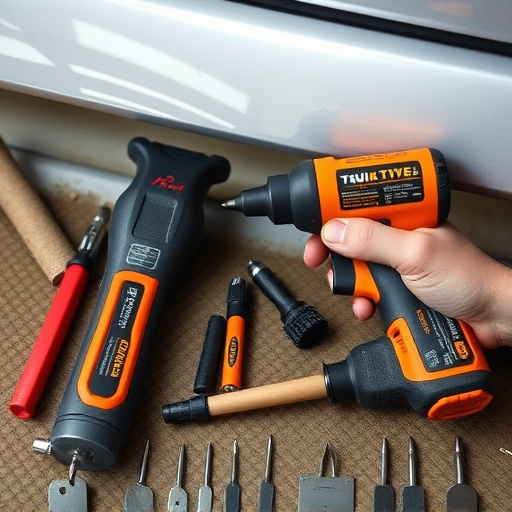
Flexible bumper damage can occur due to various reasons such as minor collisions, parking incidents, or even everyday obstacles like shopping carts or low-hanging branches. Unlike traditional metal bumpers, flexible bumpers are designed with a softer material that absorbs impacts, making them more susceptible to dents and cracks. Understanding the extent of the damage is crucial before deciding on a repair method.
There are two primary approaches to flexible bumper repair: DIY and professional services. While DIY kits offer a cost-effective solution for minor damages, they may not be suitable for more severe cases where the bumper requires reshaping or paint repair. Professional car repair services, on the other hand, provide expertise in assessing and repairing various types of flexible bumper damage, ensuring a flawless finish that matches your vehicle’s original appearance.
DIY Flex Bumper Repair: Tools, Steps, and Considerations
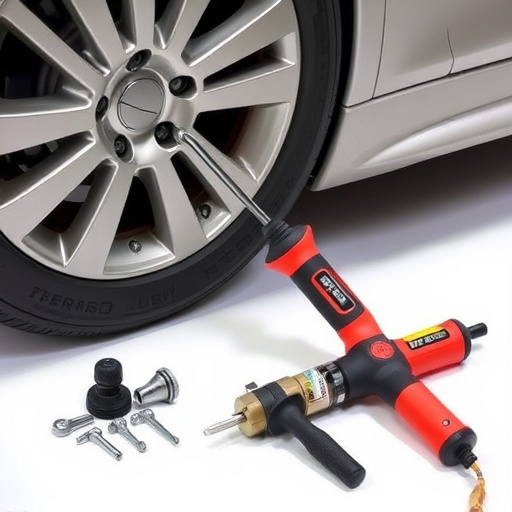
DIY flexible bumper repair can be a tempting option for those looking to save costs and learn new skills. The process involves specific tools tailored for plastic and composite materials, such as a heat gun, putty knives, sandpaper, and a suitable filler or adhesive designed for car dent repair. Begin by thoroughly cleaning the damaged area, removing any debris or loose material. Next, heat the bumper with the gun to soften the plastic, making it easier to work with. Using putty knives, carefully scrape away the affected section, creating a clean edge for your repairs. Sand the surface gently to smooth out any imperfections and ensure even application of filler or adhesive. After filling and allowing it to set, sand again for a seamless finish.
Remember that successful DIY fender repair requires precision and patience. Consider the extent of damage; minor dents and scratches might be manageable, but more complex issues may necessitate professional assessment. An automotive body shop offers specialized equipment and expertise for comprehensive car dent repair, ensuring long-lasting results. Additionally, they can provide advice on suitable products and techniques for your specific bumper material.
Professional Flex Bumper Repairs: Benefits and Cost Analysis
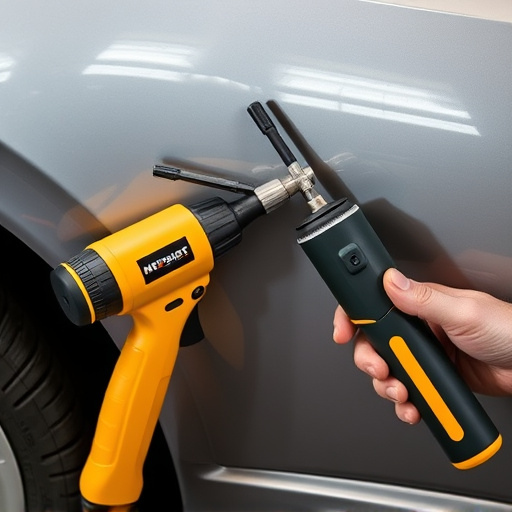
Professional flex bumper repairs offer a range of benefits that can be hard to replicate through DIY methods. Firstly, experienced technicians have access to high-quality tools and materials designed specifically for flexible bumper repair, ensuring precise and durable results. This expertise translates into longer-lasting fixes, reducing the need for frequent replacements. Moreover, professional auto body repair shops provide an environment free from the distractions and risks associated with home workshops, allowing them to focus on intricate detail work that maintains your vehicle’s aesthetic appeal.
Cost analysis reveals that while initial investment in professional services may seem higher, it often represents better value in the long run. Collision repair shops specialise in auto body restoration, offering comprehensive solutions that encompass not just the visible repairs but also structural integrity checks and potential hidden damage assessment. This holistic approach prevents future issues related to collision damage, ultimately saving owners money. In contrast, DIY attempts might mask underlying problems, leading to more severe (and costly) repairs down the line.
When it comes to flexible bumper repair, understanding your options is key. DIY methods offer cost-effectiveness and self-reliance, but for complex or extensive damage, professional repairs provide superior results and long-term reliability. Considering factors like skill level, time investment, and desired outcome, you can make an informed decision. Whether opting for DIY or a professional service, flexible bumper repair allows you to restore your vehicle’s safety features and aesthetic appeal, ensuring a smoother ride ahead.
